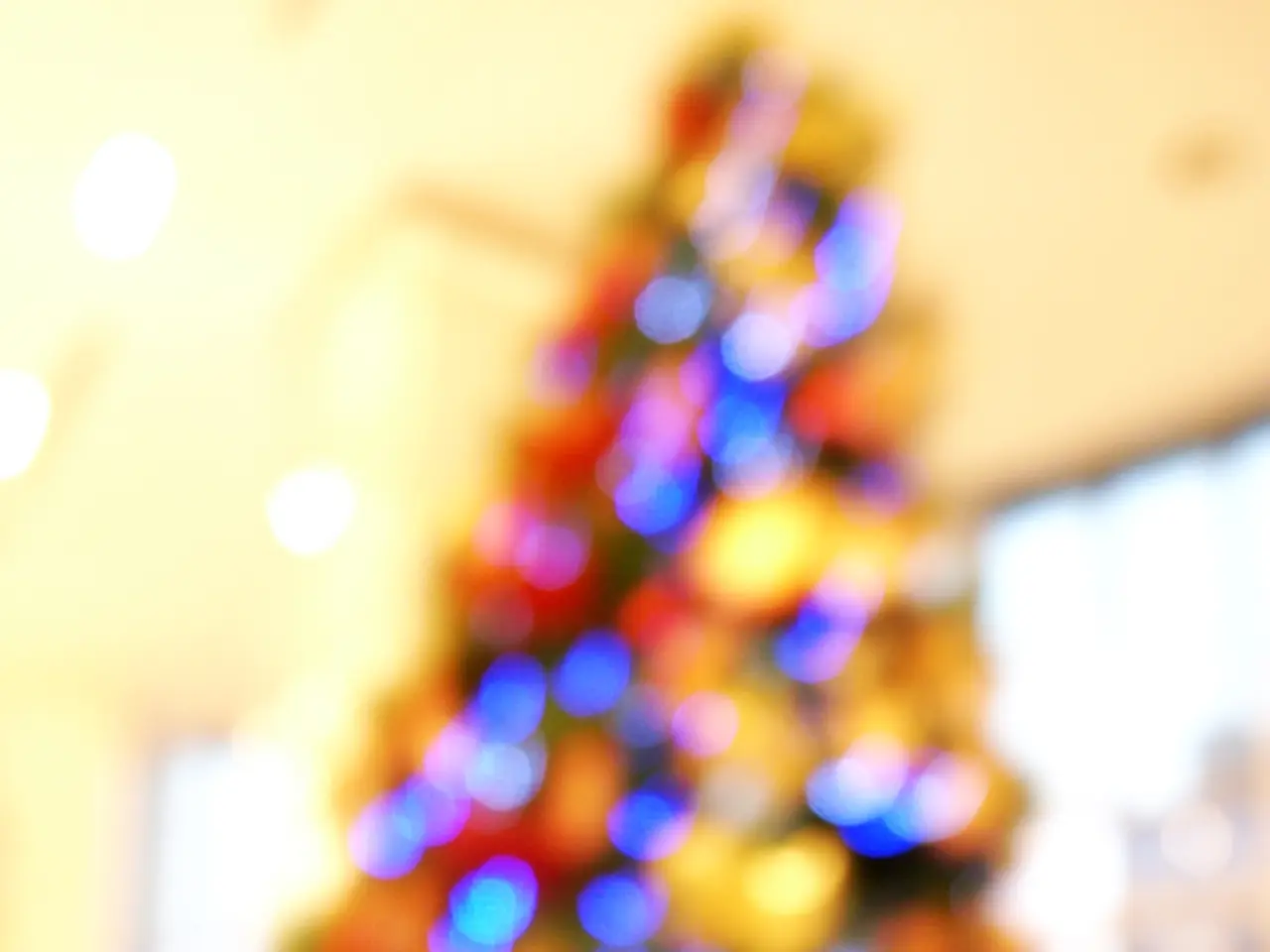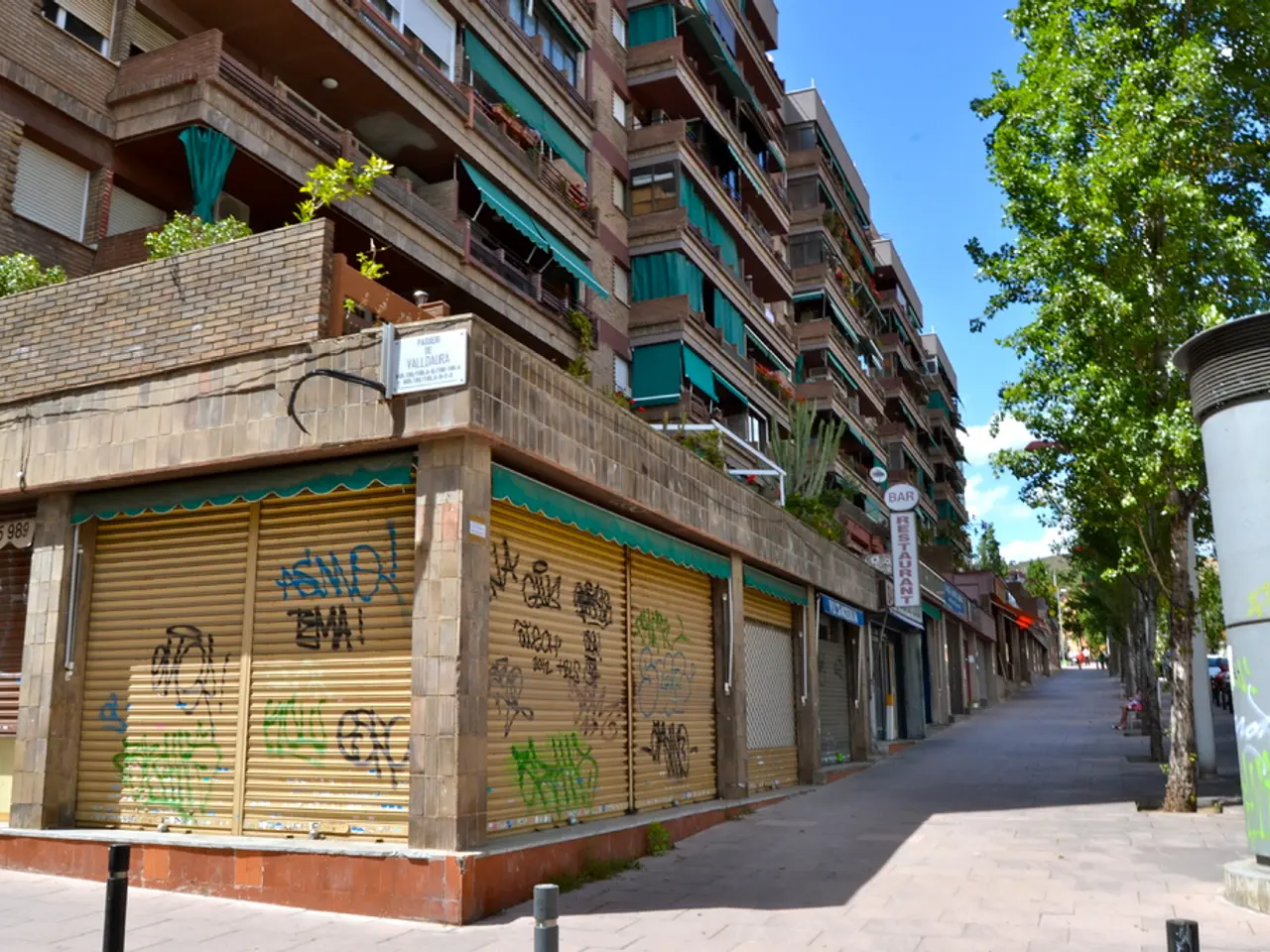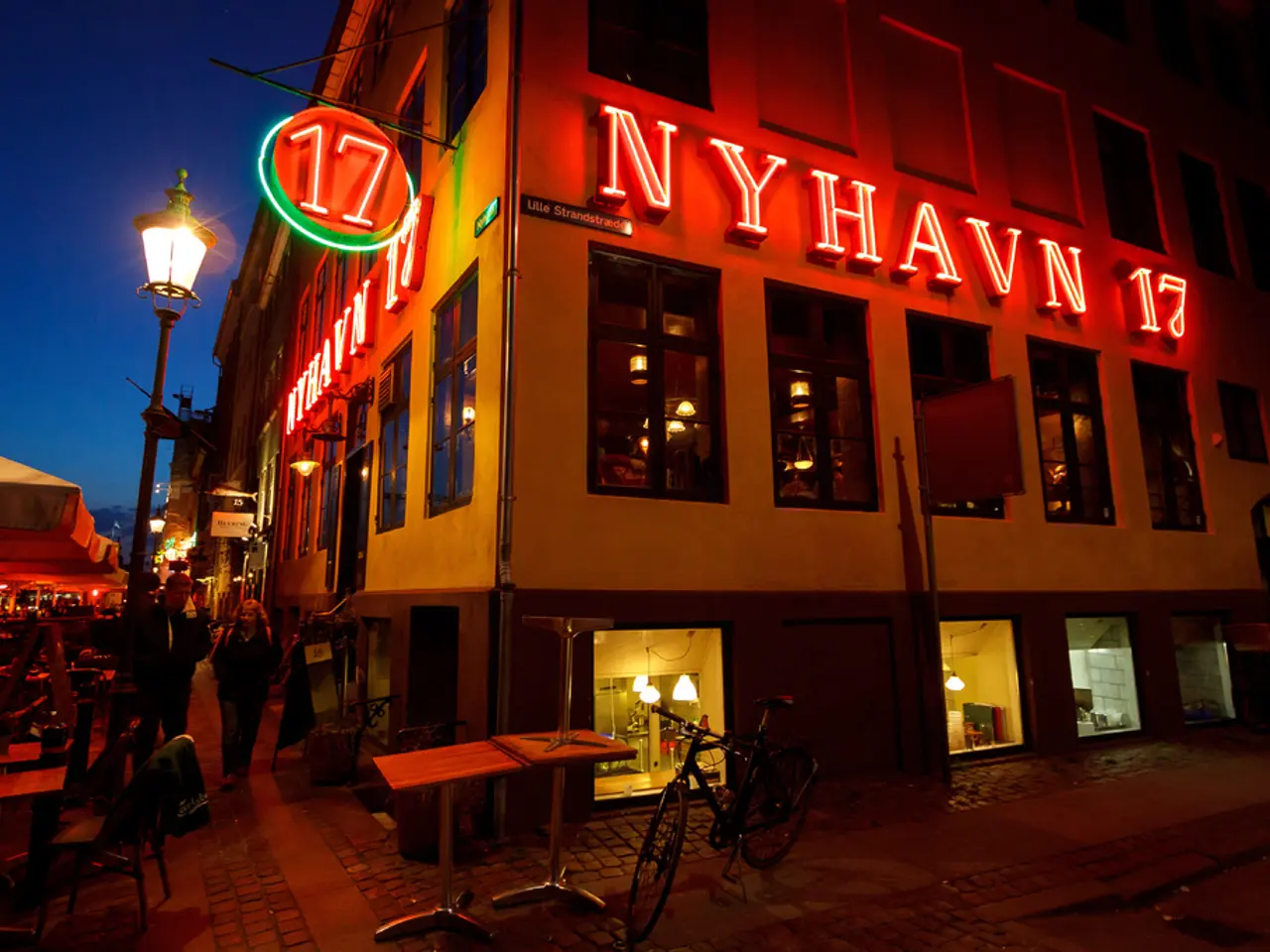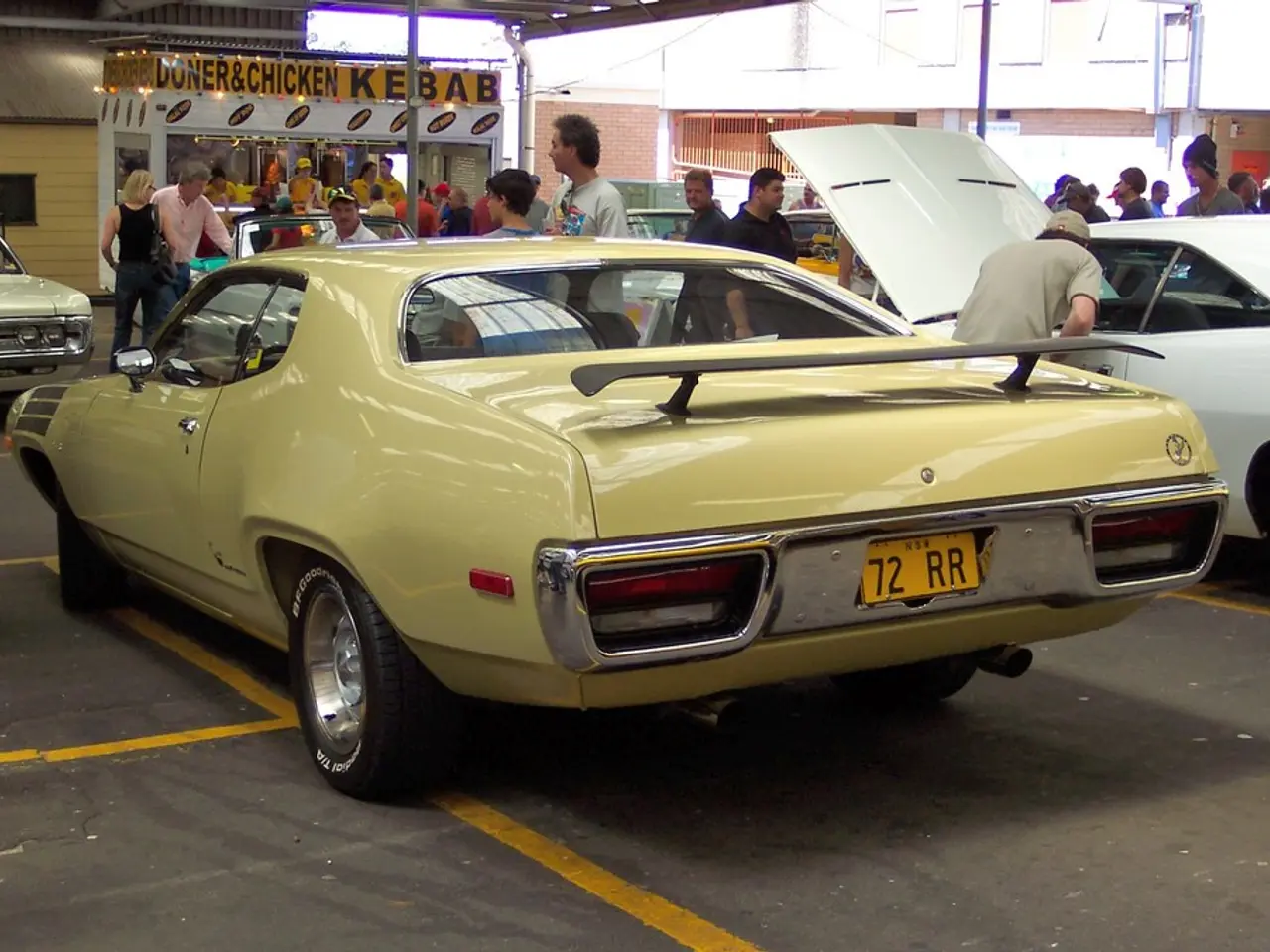Which type of Christmas tree is eco-friendly: natural or artificial, what's the greener option when choosing a tree this holiday season?
In the festive season, the choice between a real and artificial Christmas tree can be a dilemma for those conscious of their environmental impact. While both options have their merits, the most sustainable choice depends on various factors, including the lifespan of an artificial tree and the sourcing and disposal methods of a real tree.
Artificial trees, primarily made in China from plastic, metal, and PVC, have a carbon footprint 10 times greater than that of a real Christmas tree. However, modern artificial trees, especially hyper-realistic ones, offer longevity while avoiding the mess of real trees. If used for 10 to 20 years or more, artificial trees can be more sustainable due to their durability and reusability, providing cost savings over time[1][4][5].
On the other hand, real Christmas trees can be sustainable if sourced and disposed of responsibly. Factors to consider when purchasing a real tree include choosing a tree from a local, sustainably managed tree farm to reduce transportation emissions and support sustainable forestry. The type of tree matters too, with some varieties growing faster and being more renewable. Ensuring the tree can be composted, mulched, or otherwise recycled to minimize landfill waste is also crucial[1][2][4].
Real trees absorb CO2 while growing, but cutting and transporting them has an environmental impact. Trees grown without pesticides and fertilizers are more environmentally friendly. The British Christmas Tree Growers Association estimates that approximately seven million real Christmas trees are bought annually in the UK, with the majority being cultivated domestically[3].
The sustainability of either option depends on individual choices related to sourcing, usage duration, and end-of-life disposal. If outside space is limited, consider renting a real container-grown Christmas tree locally. Disposing of a real Christmas tree responsibly is crucial to minimize its environmental impact. Local authorities often offer collection services, and shredding or burning the tree in a log burner are options[6].
A Christmas tree can serve as a carbon sink during its growth period, providing a home for wildlife, especially birds, and absorbing carbon from the atmosphere. Once a Christmas tree is cut down, a new seedling is planted in its place. Christmas trees are typically grown in dedicated fields and on Christmas tree farms, and are not felled from existing forests[7].
In summary, artificial trees are sustainable if kept for many years (10+), while real trees can be a greener option for single-season use if locally sourced and properly recycled. By making informed decisions, consumers can enjoy the festive season while minimizing their environmental impact.
References: [1] British Christmas Tree Growers Association. (n.d.). Christmas Tree Facts. Retrieved from https://www.christmastreeassociation.co.uk/christmas-tree-facts
[2] The Guardian. (2019, December 22). Real or artificial Christmas trees: which is better for the environment? Retrieved from https://www.theguardian.com/environment/2019/dec/22/real-or-artificial-christmas-trees-which-is-better-for-the-environment
[3] British Christmas Tree Growers Association. (n.d.). Christmas Tree Statistics. Retrieved from https://www.christmastreeassociation.co.uk/christmas-tree-statistics
[4] The Independent. (2019, December 23). How to choose the most sustainable Christmas tree. Retrieved from https://www.independent.co.uk/extras/indybest/home-garden/christmas/how-to-choose-the-most-sustainable-christmas-tree-a8715351.html
[5] BBC Future. (2019, December 23). Are artificial Christmas trees really better for the environment? Retrieved from https://www.bbc.com/future/article/20191220-are-artificial-christmas-trees-really-better-for-the-environment
[6] The Guardian. (2019, December 22). How to recycle your Christmas tree. Retrieved from https://www.theguardian.com/environment/2019/dec/22/how-to-recycle-your-christmas-tree
[7] British Christmas Tree Growers Association. (n.d.). How Christmas Trees Are Grown. Retrieved from https://www.christmastreeassociation.co.uk/how-christmas-trees-are-grown
- To minimize environmental impact during the festive season, choose a home-and-garden item that promotes sustainable living, like a Christmas tree grown in a controlled environment, such as a local, sustainably managed tree farm.
- For those seeking a more long-term home-and-garden investment, artificial Christmas trees made from durable materials like plastic, metal, and PVC could be a viable, sustainable option, provided they are used for ten years or more to counterbalance their initial high carbon footprint.
- For gardening enthusiasts, container-grown real Christmas trees can be a responsible choice if outside space is limited, as this option facilitates local sourcing and ensures proper end-of-life disposal, such as recycling or composting, to contribute to a greener environment.




